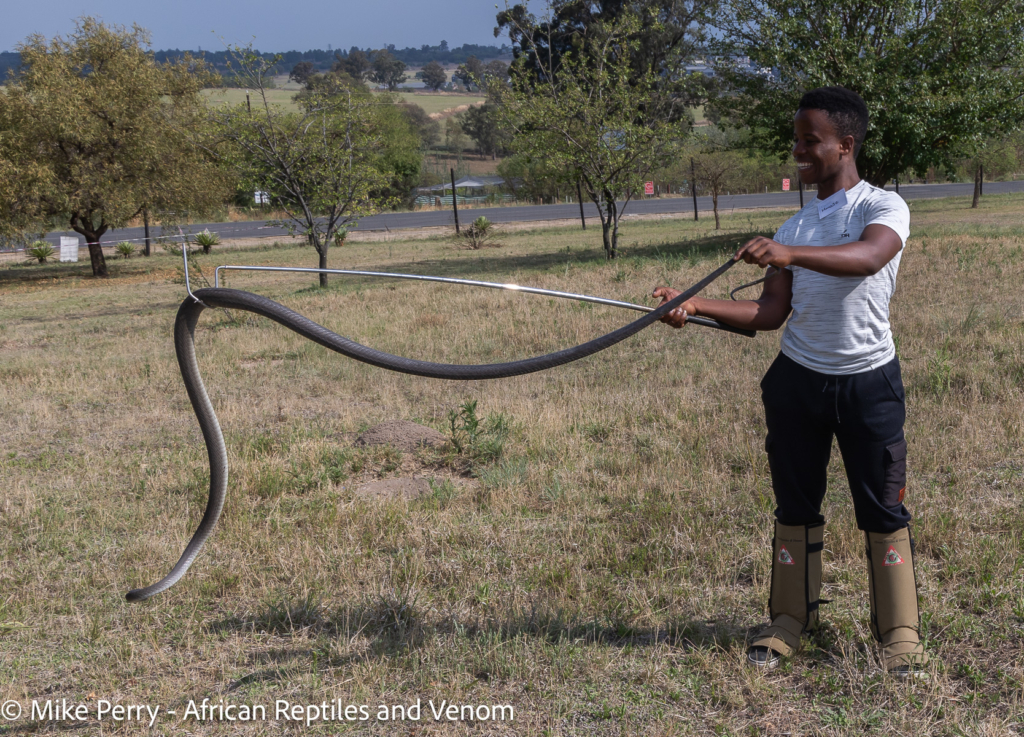African Sand & Grass Snakes (Psammophis).
Frightened, Fast, and Fantastic.
INTRODUCTION
Sand and grass snakes, sometimes called ‘Sand Racers’, all belong to the same family group (Genus: Psammophis). There are many species with most types occurring in Africa. A few species are found in the Middle-East and southern Asia.
DESCRIPTION
These snakes are small to medium sized but they are generally long and slender in appearance, with some types being very thin. The color pattern consists on mostly shades of brown with most species having some form of longitudinal striping along the length of the body, as well as patterns on the neck. The thinner species tend to be from the dryer regions.
BEHAVIOUR
They are fast, alert snakes that move around during the day. Often these will be the only snakes active during the hottest parts of the day. Mostly terrestrial (ground-living) but will climb into bushes, shrubs or low trees. These snakes are easily startled, quick to flee and escape any perceived threat. They are usually seen as they dash away to safety, or fleeing across roads.
These snakes primarily eat lizards, but have been known to eat amphibians, birds, rodents and other reptiles. Sand & Grass snakes are oviparous (egg-laying).
DANGER
Sand and Grass snake have relatively weak venom. This venom is only effective on their prey, which consists mainly of lizards. These snakes never bite willingly, unless grabbed or stepped on. These snakes are rear-fanged and have to ‘chew’ to get venom in, so in the unlikely event of a bite, pull the snake off as soon as you can, as it will probably try to chew. In these rare cases, symptoms may include mild swelling and slight discomfort, with possible itching. These symptoms will resolve over a day or so. Comparably, a wasp or bee sting is a lot more painful.
SPECIES
There are 35 species listed on the Reptile Database – with the richest species density in southern and east Africa.
Public observations and photos of most species can be seen on iNaturalist.
GALLERY















